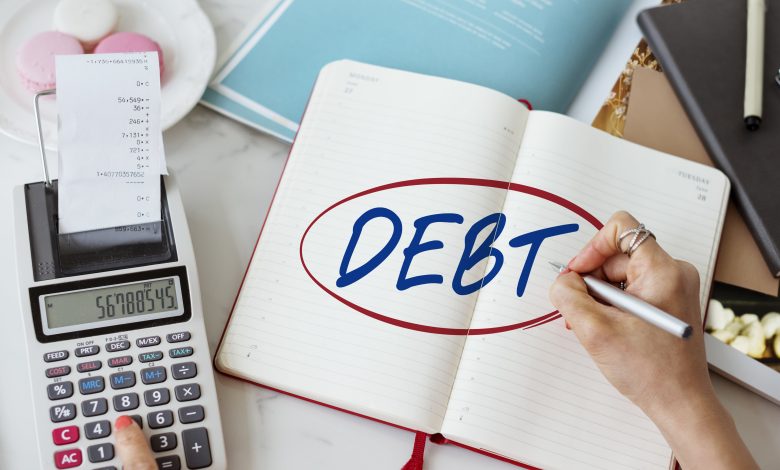The Ultimate Guide to Successful Debt Settlement

In a world where financial burdens can be overwhelming, the prospect of settling your debt might sound like a far-off dream. However, the good news is that nearly everything in the realm of finance is negotiable. Welcome to the world of debt settlements. Here, you can negotiate with your lenders and potentially have a portion of your outstanding debt forgiven by making a one-time payment. In this comprehensive guide, we’ll walk you through the ins and outs of debt settlements, how to approach your creditors, and much more.
Understanding Debt Settlement
Debt settlement is a financial arrangement between a lender and a borrower, where the borrower agrees to make a one-time payment of a lump sum, typically less than the total outstanding balance. In return, the lender forgives the remaining debt.
Consider this example: You owe Rs. 50,000 on a credit card. You approach your lender and propose to pay Rs. 25,000 as a one-time settlement. In exchange for this payment, the lender agrees to waive the remaining balance.
But why would lenders agree to this? There are two primary reasons. First, they may be in need of immediate cash. Second, they might fear that you won’t be able to pay the full balance in the future. In both cases, the lender is looking out for its financial interests.

The Disadvantages of Debt Settlement
While debt settlement can offer a path out of debt, it’s essential to be aware of potential downsides. Missing these signs can severely impact your credit report. While negotiation can result in a reduction of your debt by 40% to 70%, it requires a lump-sum payment, which is attractive to lenders. However, this approach can lead to your credit card account being permanently closed.
Most notably, debt settlement can significantly affect your credit score. This tarnished credit history can make it challenging to secure future loans or credit card approvals, and if you do, they will come with higher interest rates.
When Debt Settlement Becomes the Only Option
If you’ve reached a point where debt settlement seems to be the only viable option, you can choose between negotiating with your lender directly or hiring a professional to handle the negotiations. Remember, you understand your financial situation best, and lenders are obligated to deal with you as their client. However, if negotiating directly is too time-consuming, reputable credit repair agencies can provide assistance.
The Art of Negotiation
When you initiate the negotiation process, it’s crucial to convey your financial hardship to your lender. One way to build a favorable image with your lender is to demonstrate your commitment by reducing expenses for three to six months before requesting a settlement.
To start the negotiation process, contact the customer service department of your credit card company or lender. Request to speak with someone in the debt settlement department and explain your situation. It’s vital to express that you’ve set aside a portion of the settlement amount before using it elsewhere. If you have multiple accounts, mention that you are pursuing debt settlement on all of them. This can help you secure a more competitive offer.

Begin by offering to pay 30% of your outstanding balance. While the creditor may try to increase this percentage, consider settling if it remains below 50%.
After reaching an agreement with your lender, ensure you receive a written agreement outlining the final settlement amount in exchange for forgiveness of the balance.
Key Points on Debt Settlement
- Debt settlement involves an agreement between the lender and borrower to pay a one-time lump sum amount in exchange for the forgiveness of the remaining debt.
- A lump sum payment is required for debt settlement.
- If opting for professional assistance, choose wisely.
- When negotiating directly, contact the loan settlement department and begin with an offer of 30% of your outstanding balance.
Conclusion
Negotiating debt settlement is a worthwhile endeavor, even if you receive a few “no’s” along the way. It’s worth the effort, as debt settlement can provide a lifeline to those in dire financial straits.
If debt settlement doesn’t prove feasible, there are alternative options to consider:
- Negotiating reduced monthly minimum payments
- Exploring alternate payment plans
- Requesting a temporary suspension of loan or credit card repayments until your financial situation improves
If these measures prove insufficient, especially if you have significant debt across multiple credit cards, debt consolidation may be an avenue to explore.

